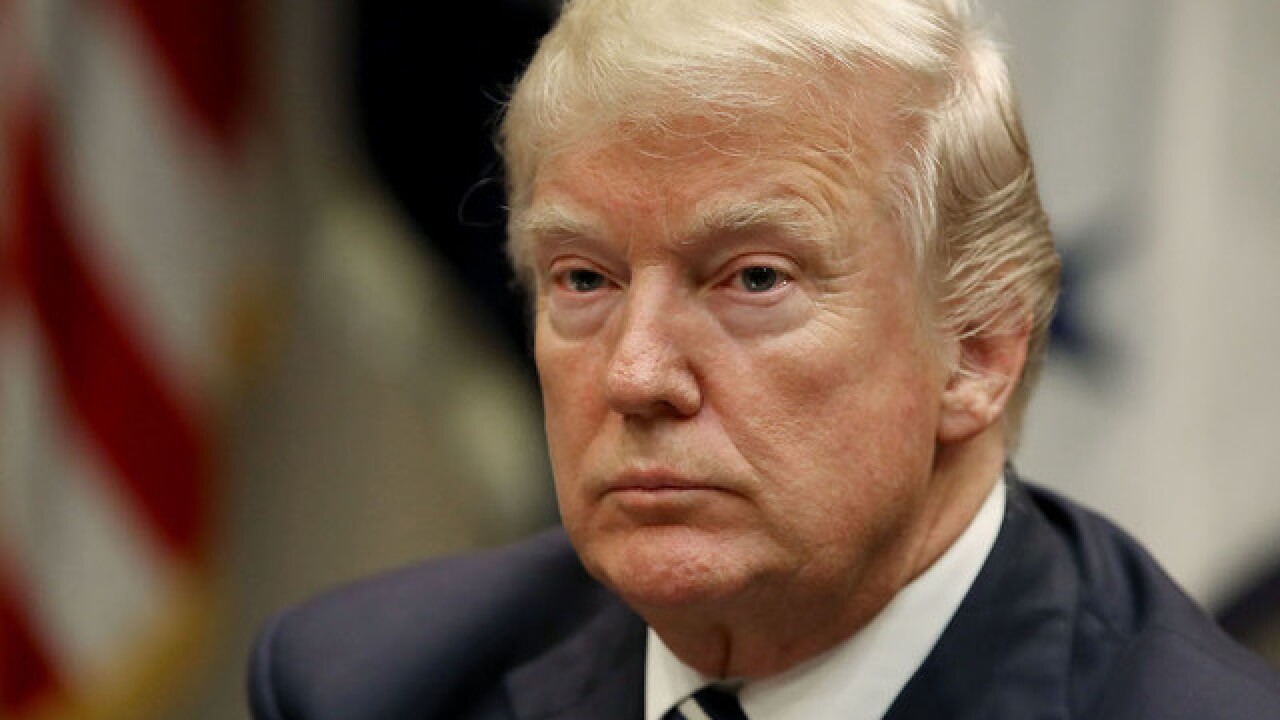WASHINGTON — The Trump administration is formalizing new guidance to recommend that many Americans wear face coverings when leaving home, in an effort to slow the spread of the new coronavirus.
The recommendations, still being finalized Thursday, would apply to those who live in areas hard-hit by community transmission of the virus that causes COVID-19. A person familiar with the White House coronavirus task force’s discussion said officials would suggest that non-medical masks, T-shirts or bandannas be used to cover the nose and mouth when outside the home — for instance, at the grocery store or pharmacy. Medical-grade masks, particularly short-in-supply N95 masks, would be reserved for those dealing directly with the sick.
The person spoke on condition of anonymity to discuss the proposed guidance before its public release.
Trump, who was tested again for coronavirus Thursday using a new rapid test, indicated Tuesday he would support such a recommendation. “If people wanted to wear them, they can,” he said.
“It’s not a bad idea, at least for a period of time,” Trump had said earlier in the week.
The White House said Trump’s latest test returned a negative result in 15 minutes, and said Trump was “healthy and without symptoms.”
Vice President Mike Pence announced Thursday that the White House was considering direct payments to hospitals to cover COVID-19 treatment costs for uninsured Americans.
The emerging guidance on masks appeared to be more limited than a Centers for Disease Control and Prevention draft of the guidance, which suggested the recommendation apply to nearly all Americans, all over the country, according to a federal official who has seen the draft but was not authorized to discuss it.
Officials were expected to limit its geographic scope to just those areas where the virus was spreading rapidly, the official said. The formal announcement was expected as soon as Friday.
Under the previous guidance, only the sick or those at high risk of complications from the respiratory illness were advised to wear masks. The new proposal was driven by research showing that some infections are being spread by people who seem to be healthy.
On Wednesday, Eric Garcetti, the mayor of Los Angeles, urged his city’s 4 million residents to wear masks when they’re in public. On Thursday, New York City Mayor Bill de Blasio followed suit in his city, the epicenter of the virus’ spread in the U.S.
The discussions on the new guidance came as the White House moved aggressively to defend its handling of the coronavirus pandemic, particularly its efforts to speed the distribution of protective equipment needed by medical professionals and ventilators.
Trump sent a politically tinged letter to Senate Democratic leader Chuck Schumer of New York objecting to his criticism of the administration’s response. “The Federal Government is merely a back-up for state governments,” Trump wrote. “Unfortunately, your state needed far more of a back-up than most others.”
In response to recent studies, the CDC on Wednesday changed how it was defining the risk of infection for Americans. It essentially says anyone may be a considered a carrier, whether they have symptoms or not.
The virus spreads mostly through droplets from coughs or sneezes, though experts stress that the germ is still not fully understood.
U.S. officials have been telling people to stay at home as much as possible, and keep at least 6 feet (2 meters) away from others when they do go out. Other advice includes frequent hand washing and not touching your face.
But until now federal officials have stopped short of telling people to cover their faces out in public.
Scientists can’t rule out that infected people sometimes exhale COVID-19 virus particles, rather than just when coughing or sneezing, but there isn’t enough evidence to show if that can cause infection, according to a committee convened by the National Academies of Sciences, Engineering and Medicine to advise the White House.
The question has to do with whether the new coronavirus spreads mostly by droplets that don’t linger for long in the air, or also by tinier “aerosolized” particles. Certain medical procedures, such as inserting breathing tubes, can create those tiny particles, which is why health care workers wear close-fitting N95 masks during such care.
The committee cited one study that detected airborne viral RNA in and just outside some hospital isolation rooms, but noted that it was unclear if that could infect someone.

